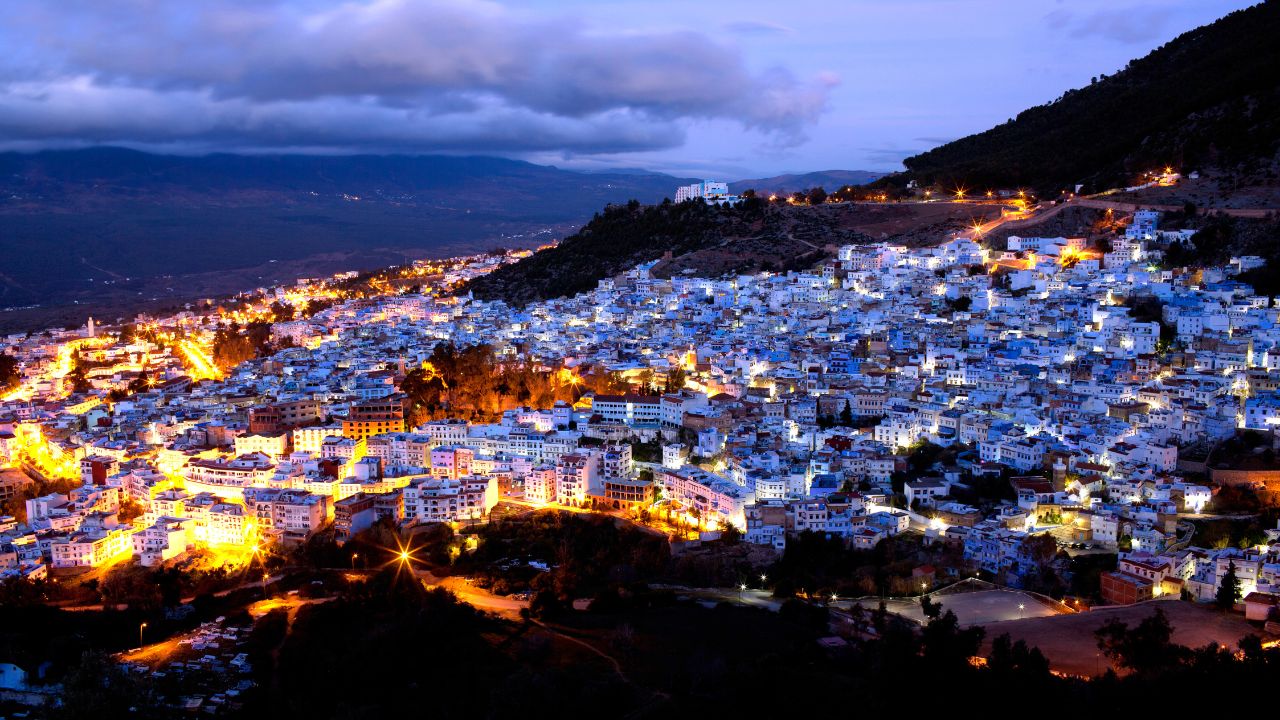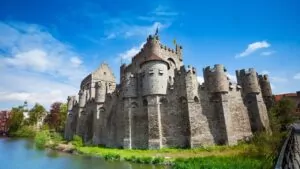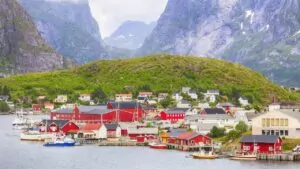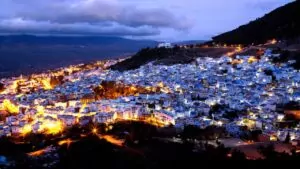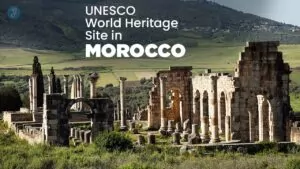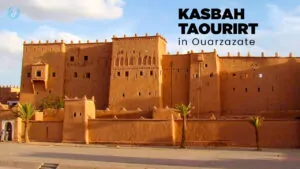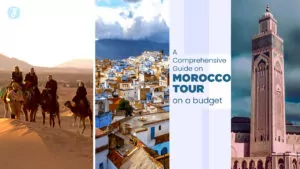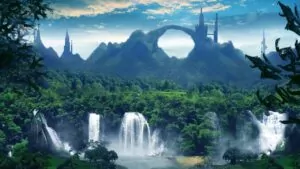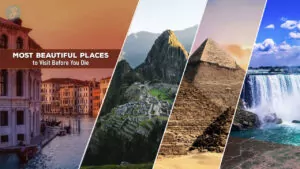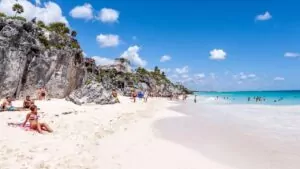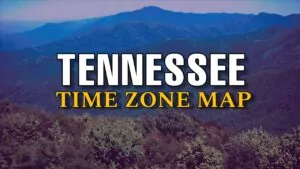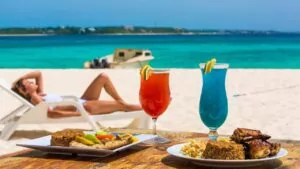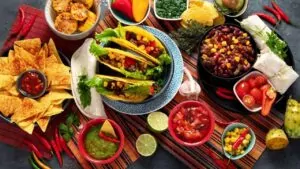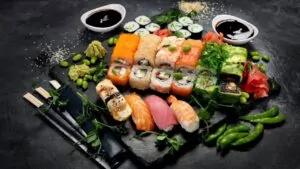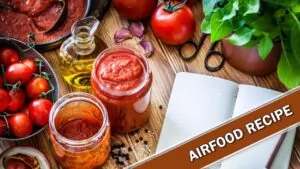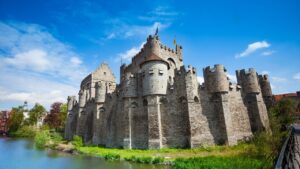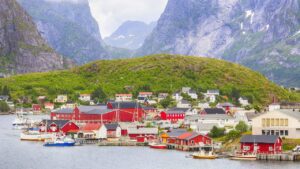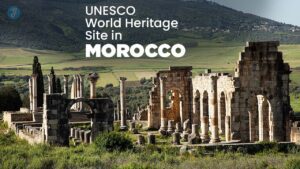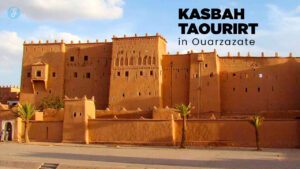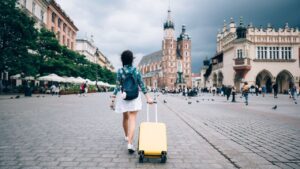The Rif Mountains in northern Morocco are among the most underrated travel destinations in North Africa. While tourists often flock to Marrakesh or the Atlas Mountains, the Rif region offers something truly unique—peaceful landscapes, vibrant local cultures, and colorful hillside villages that look like they came out of a dream.
From the famously blue walls of Chefchaouen to the waterfalls of Akchour and the hidden hamlets tucked away in pine forests, these villages offer more than just Instagram-worthy photos. They offer stories, traditions, and a connection to nature that many travelers crave.
In this guide, we’ll take you through seven colorful villages in Morocco’s Rif Mountains that are worth every traveler’s time in 2025.
Why the Rif Mountains Are a Must-Visit Destination
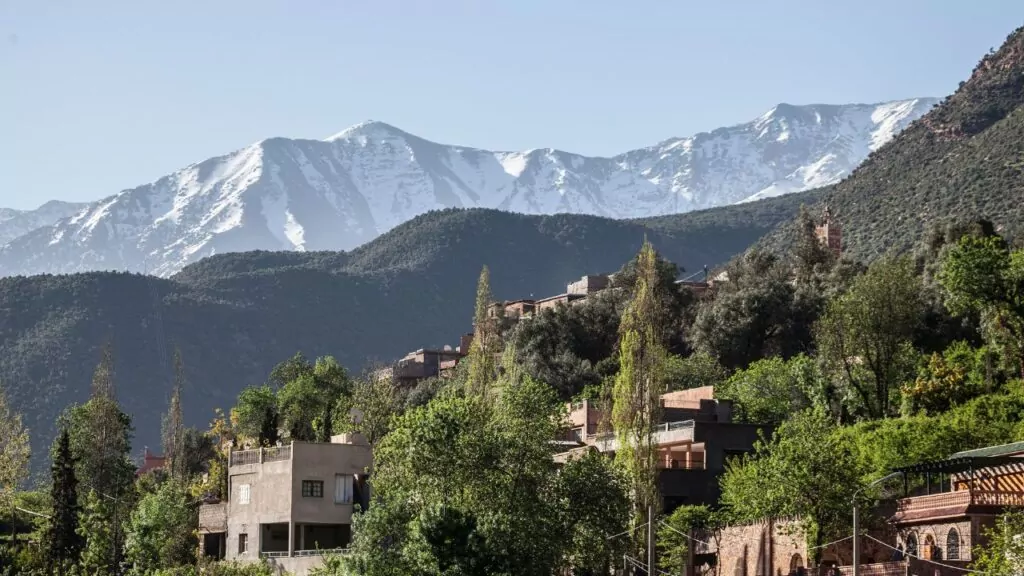
A Natural Haven in Northern Morocco
The Rif Mountains stretch across the northern part of Morocco, parallel to the Mediterranean coast. This region is lush and green—especially in spring and autumn—unlike the more arid areas of southern Morocco.
Because of their relatively high altitude and Mediterranean climate, the Rif Mountains are cooler, offering a welcome escape from the scorching heat of other parts of the country. The natural beauty here includes forests, waterfalls, hiking trails, and mountain valleys filled with olive trees and wildflowers.
A Blend of Culture, Color, and Authenticity
The Rif region is home to a blend of Amazigh (Berber), Andalusian, and Arab cultures. Each village has its own identity, but all share a deep connection with the land and community traditions. The homes are painted in bright, bold colors—blue, white, green, and even pink—which contrast beautifully with the rugged landscapes.
These villages are not commercial tourist hubs. They’re quiet, slow, and often untouched by mass tourism—making them ideal for travelers seeking genuine cultural experiences.
Map of the Rif Region’s Most Colorful Villages
If you’re planning to explore these villages, you’ll likely start your journey from the cities of Tangier, Tetouan, or Fez. Here’s a suggested route:
Route suggestion:
Tangier ➜ Tetouan ➜ Chefchaouen ➜ Akchour ➜ Bab Taza ➜ Talassemtane ➜ Ketama ➜ Bni Bouayach ➜ Targuist
You can rent a car, take a shared taxi (known as “grand taxi”), or join small-group guided tours that cover the Rif Mountains.
The 7 Most Colorful Villages in Morocco’s Rif Mountains
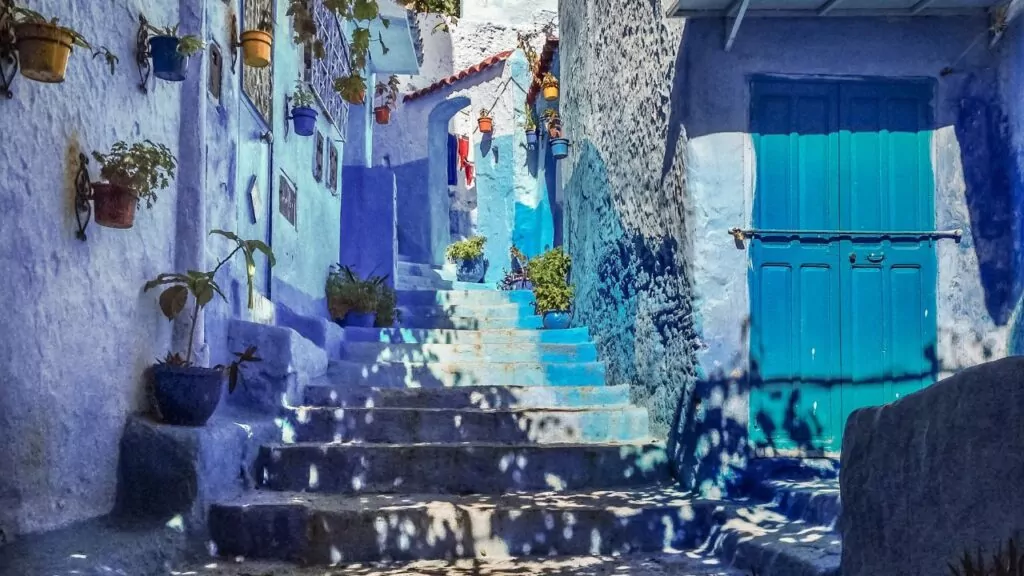
1. Chefchaouen – The Blue Pearl of Morocco
Chefchaouen is undoubtedly the most famous village in the Rif. Known worldwide for its striking blue-washed buildings, the town is a paradise for photographers and artists. It’s located between two mountain peaks and offers scenic views, friendly locals, and vibrant marketplaces.
Must-see highlights:
- Stroll through the blue alleyways of the Medina
- Visit Ras El Ma spring and the Spanish Mosque at sunset
- Shop for handwoven textiles, soaps, and spices
Travel tip: Visit early in the morning to avoid crowds and catch the soft morning light.
2. Akchour—A Hidden Waterfall Gem
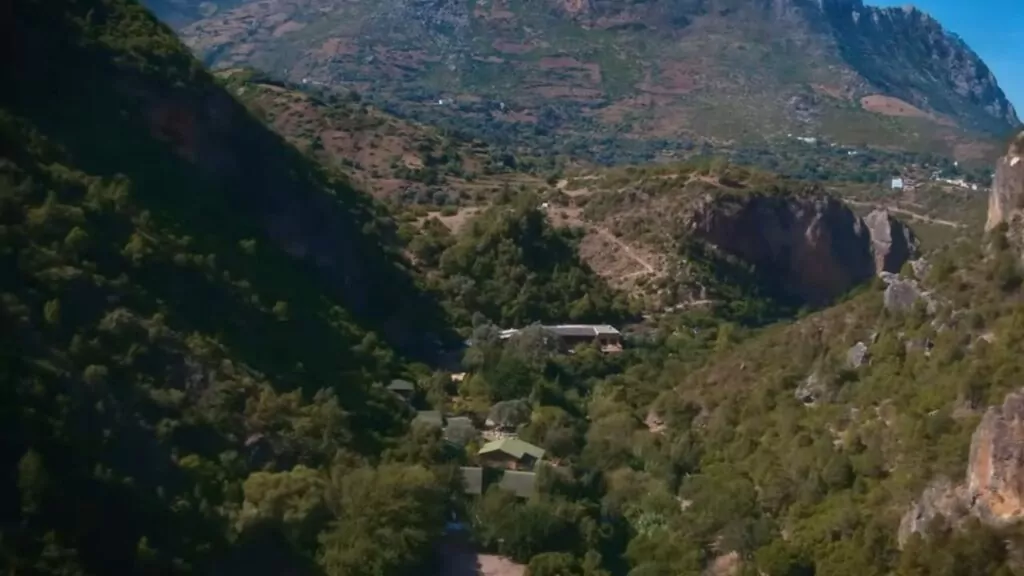
Just a 45-minute drive from Chefchaouen, Akchour is a small, green village famous for its waterfalls and natural rock bridge called “God’s Bridge.” It’s a dream spot for nature lovers and hikers.
What to do:
- Hike to the Grand Cascade waterfall
- Swim in crystal-clear streams
- Enjoy traditional tajine at riverside cafés
Good to know: Trails can be slippery. Wear hiking shoes, and bring water and sunscreen.
3. Ketama – Land of Pines and Panoramas
Ketama is nestled deep within the Rif and surrounded by thick cedar forests. It’s often overlooked due to its association with cannabis farming, but beyond that, Ketama offers tranquil landscapes, mountain air, and fascinating Amazigh culture.
Activities to try:
- Take a forest walk through the Rif’s pine trails
- Visit local markets for hand-crafted goods
- Engage with locals and learn about traditional farming techniques
Travel advisory: While cannabis is widely grown here, it’s best to avoid any engagement with the trade.
4. Talassemtane – The Mountain Village of Treks
Located near the Talassemtane National Park, this village is heaven for trekking enthusiasts. It serves as a gateway to some of the most breathtaking nature trails in the region.
Best experiences:
- Trekking through pine forests and valleys
- Birdwatching and wildlife spotting
- Staying at eco-lodges and interacting with Amazigh families
Local insight: It’s common to find villagers offering tea and bread. Accepting the offer is a warm gesture of respect.
5. Bab Taza—The Floral Balcony of the Rif
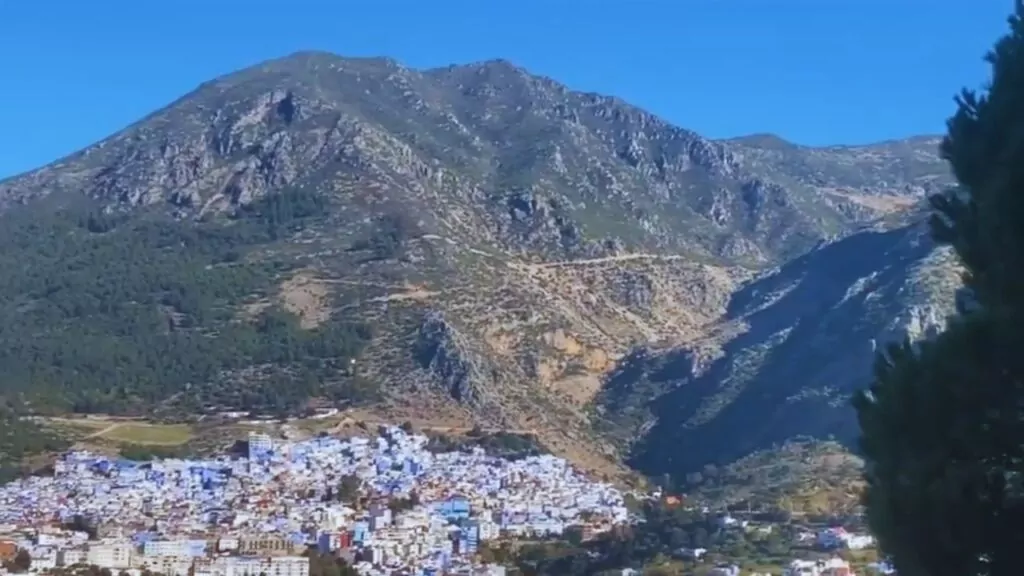
Just a short drive from Chefchaouen, Bab Taza is a small village known for its colorful flowers, mountain air, and serene vibe. With its narrow lanes and bright balconies, it feels like a living painting.
Why visit Bab Taza:
- Peaceful vibe, ideal for a retreat or writing escape
- Beautiful floral courtyards and rooftop views
- Delicious homemade meals in family-run guesthouses
Travel tip: Visit during spring to see the village in full bloom.
6. Bni Bouayach—A Hilltop Retreat
This lesser-known gem offers expansive views of the surrounding valleys. It’s not touristy, making it perfect for those who want to disconnect.
What to explore:
- Panoramic walks with dramatic mountain views
- Local bakeries and markets with fresh produce
- A glimpse into daily rural life in the Rif
Stay alert: Services like Wi-Fi or mobile signal may be limited—come here to unplug.
7. Targuist—The Gateway to the Rif Highlands
Targuist is a vibrant town that serves as a hub for exploring the more remote Rif regions. The streets are colorful, the locals are friendly, and the energy is infectious.
Things to enjoy:
- Explore the local souk for textiles and crafts
- Eat traditional couscous at a family-run restaurant
- Attend local music and storytelling events
Pro tip: Brush up on basic Darija or Amazigh greetings—it earns smiles instantly.
Rif Region Travel Guide – How to Plan Your Visit
How to Get There
| From | To | Travel Mode | Time |
| Tangier | Chefchaouen | Bus or Taxi | 2–3 hours |
| Fez | Ketama | Rental Car | 5 hours |
| Tetouan | Akchour | Taxi or Shared Car | 1.5 hours |
Shared taxis (grand taxis) are affordable and common. For flexibility, especially in remote areas, renting a car is the best option.
Best Time to Visit the Rif Mountains
| Season | Climate | Why Visit |
| Spring | Mild, Blooming | Best hiking, green landscapes |
| Summer | Warm but not too hot | Great for swimming in rivers |
| Autumn | Crisp and scenic | Ideal for photography and trekking |
| Winter | Cold, some villages snowy | Off-season travel, very peaceful |
Where to Stay – Guesthouses and Riads
| Village | Recommended Stay | Price/Night | Features |
| Chefchaouen | Dar Ba Sidi & Spa | $70–120 | Rooftop views, traditional décor |
| Akchour | Gîte Akchour | $40–70 | Riverside stay, eco-friendly |
| Talassemtane | Rif Forest Camp | $25–50 | Trekking base, Berber hospitality |
| Bab Taza | Maison d’Hôtes Bouhachem | $30–60 | Floral balconies, local cuisine |
What Makes These Villages Unique
Color Psychology in Moroccan Architecture
The color blue in Chefchaouen is believed to ward off evil spirits and keep mosquitoes away. Green symbolizes nature and Islam. White represents peace and purity. These colors are not random—they are deeply cultural and spiritual.
Cultural Etiquette and Local Customs
- Greet people with “Salam Alaikum”
- Dress modestly, especially in rural areas
- Ask before taking photos of locals
- Bargaining is expected in souks, but do it respectfully
Photography and Social Media Tips
Instagram-Worthy Spots
- Chefchaouen Medina: Iconic blue alleyways
- Akchour Waterfalls: Natural bridge and cascades
- Talassemtane Forests: Green canopies and wooden trails
- Bab Taza Rooftops: Flower-filled courtyards
Drone Usage Rules and Tips
Morocco has strict drone laws. To fly a drone legally:
- You must get permission from Moroccan authorities
- Drones are often confiscated at airports if not declared
- Respect people’s privacy, especially in villages
Final Thoughts—Embrace the Colorful Soul of Morocco
The colorful villages of Morocco’s Rif Mountains are more than just pretty destinations—they are living, breathing testaments to Moroccan heritage, resilience, and hospitality. Whether you’re wandering through the blue streets of Chefchaouen or sipping mint tea in a hillside home in Talassemtane, each village offers a distinct charm that invites you to slow down, reflect, and connect.
So, pack your hiking boots, charge your camera, and head north—Morocco’s hidden gems await.
FAQs – Rif Mountains Travel
Q: Is it safe to travel in the Rif Mountains?
A: Yes. Most areas are peaceful and welcoming to tourists. Just follow local guidelines.
Q: What languages are spoken?
A: Mainly Arabic (Darija) and Amazigh. French and limited English are spoken in touristy areas.
Q: Can I visit all 7 villages in one trip?
A: Yes, ideally over 7–10 days. Plan for slower travel due to winding mountain roads.

